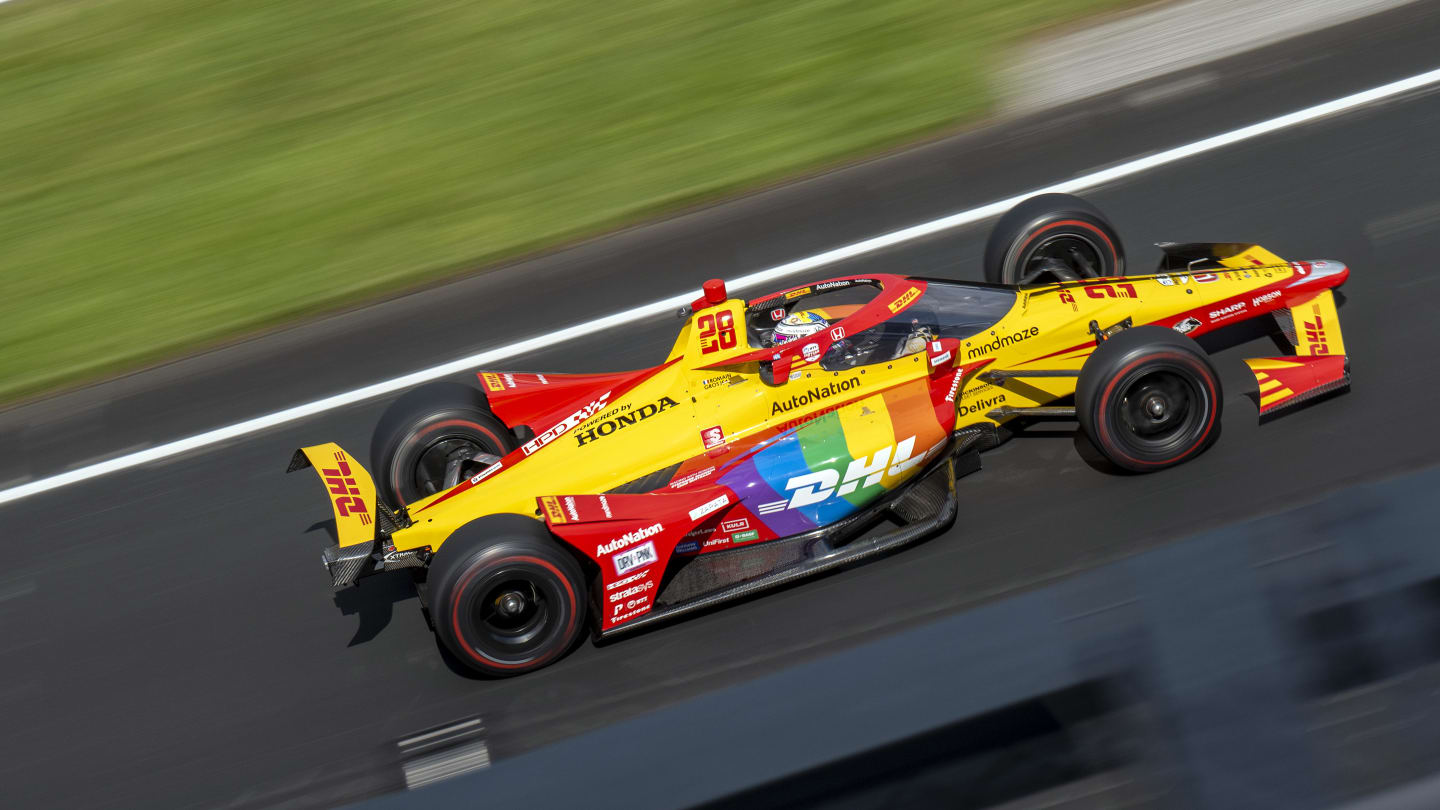
When did Jaguar win Le Mans? In 1956, the Jaguar D-Type won the race driven by Ron Flockhart and Ninian Sanderson. They beat Sterling Moss' Aston Martin DB3S and Peter Collins' Ferrari 625 LM. How did a Jaguar win Le Mans, though? Here are some facts and figures about the history of the sport. The Jaguar won Le Mans Four times, most notably in 1956.
XJR-12LM replaced the XJR-9 that was introduced in 1988.
The XJR-9 was a sports prototype that debuted in 1988. It was the first Jaguar Jaguar to win the 24-hour race, breaking a seven-year Porsche streak. The V12 of 7.0 liters provided amazing torque, flexibility and performance in all corners. To learn more about this car, see the following video. It was downloaded from YouTube. It might be available in other formats, or on Drivetribe's website.

It came with a V12 engine of 7.0 liters
A 7.0-liter V12 engine was a big step up from the earlier 6.75-liter V10 found in most cars. This engine was revolutionary. Jaguar's XJR-9 was a car whose aerodynamics were redefined. Even if it didn't have the top straight line speed of the mighty Porsche, this engine was more than capable of winning the race.
Sir Stirling Moss drove the car
The car was sensational for many reasons. Not least because Sir Stirling Moss drove it. Moss was a legend in the motorsports industry, and his success in the 1950s led to a number of different models and variants of the Jaguar C-type, including a convertible. Moss also won the Le Mans 24 Hours racing race. He also won a British Grand Prix championship.
It's great in wet weather
Although the XK120 could endure Le Mans' wet conditions in long runs, it was not a worthy contender for a win. Heynes and William Lyons discussed this issue, and they decided that a sports-racing car was necessary. Lyons was enthusiastic about motorsports, but he was wary that he would put too much stress on his already tight company budget.
Chief Test Driver drove it
From 1952 to 1985, the car was driven by Norman Dewis (the legendary Chief Test Driver). His job title was a perfect description of his career. Dewis worked alongside some top-flight drivers, and raced the cars at Le Mans. Dewis also survived high-speed crashes as well as the rigours associated with racing. Dewis played a key role in the creation of Jaguar cars.

It was sponsored and funded by SMITHS gauges
Ecurie Ecosse, the national racing team of Scotland, will launch a LM-C automobile in 2021. This car is a tribute to the early successes of Jaguar C-Types during the 1950s. SMITHS gauges will appear on the car. They are manufactured at Caerbont Automotive Instruments Abercrave (South Wales). Jaguar's long association with British motorsports will be reflected in this car. It will feature the Sting Ray, the team's first winning car.
FAQ
Where can race car drivers learn their skills?
Race car drivers learn to drive by using different methods. Many learn how to drive a regular vehicle. Then, they move to a simulator. A simulator acts as a virtual reality gaming console. A simulator allows you to control a vehicle from a place in the room.
Then, you will be able use your skills in real life. You'll learn how to navigate around corners and make sharp turns.
You'll then be able compete against other drivers.
Do race car drivers earn money?
Yes. Yes. Many racecar drivers earn a living wage.
But, not all race car drivers earn a large income.
How do race car drivers prepare to race?
Most race car drivers warm up their engines before the race.
This is when they run their engines over a specified time.
Once they are ready, they may start the race.
What cars are used to race cars and why?
Speed is the most important thing to any race car driver. It's what makes them go fast. They have to be quick enough to catch up to other drivers but also strong enough to hold on to the lead. This gives them an edge over other racers because they can easily overtake others at high speed and then pull away from them when they're not looking.
The fastest cars are usually very lightweight. This allows them speed up quickly and to gain lots of speed. However, this also means they have less power which limits how far they can travel in a short amount of time. Therefore, they must use energy efficiently.
Engines power most modern-day racing cars. These engines work in a similar way to normal passenger vehicles. These engines run on compressed gas instead of petrol. This is because petrol isn’t strong enough to make a car go fast.
What types of cars are race car drivers using?
Modern racing cars usually use engines. These engines are similar to those found on normal passenger vehicles.
Instead of using petrol, they run on compressed oxygen.
Statistics
- Acceleration is a little gentler (relatively speaking) too, with 0-100km/h taking an estimated 3.1 seconds and 0-200km/h covered in 7.8 seconds. (autosport.com)
- According to Toyota, the 390-hp-plus 2019 Yaris WRC runs out of gearing after 124 mph, 19 mph less than the crazy Yaris GR that's currently sitting on dealer lots outside of the U.S. BONUS: (motortrend.com)
- In 2013 Ferrari had an estimated team budget of $470 million, while elite IndyCar teams have an estimated annual budget of $15 million, according to FormulaMoney. (businessinsider.com)
- According to FormulaMoney, the design, development, and construction of chassis and engines can cost teams as much as $255 million annually. (businessinsider.com)
- In 2009, the slick tires returned as a part of revisions to the rules for the 2009 season; slicks have no grooves and give up to 18% more contact with the track. (en.wikipedia.org)
External Links
How To
How to get sponsors
You must build a network to attract sponsors. You can start by developing relationships with people already involved in racing. They may be able help you secure sponsorship deals. Participate in rallies, drag race, and autocross events. These events will increase your social media presence as well as your chances of landing sponsorships.